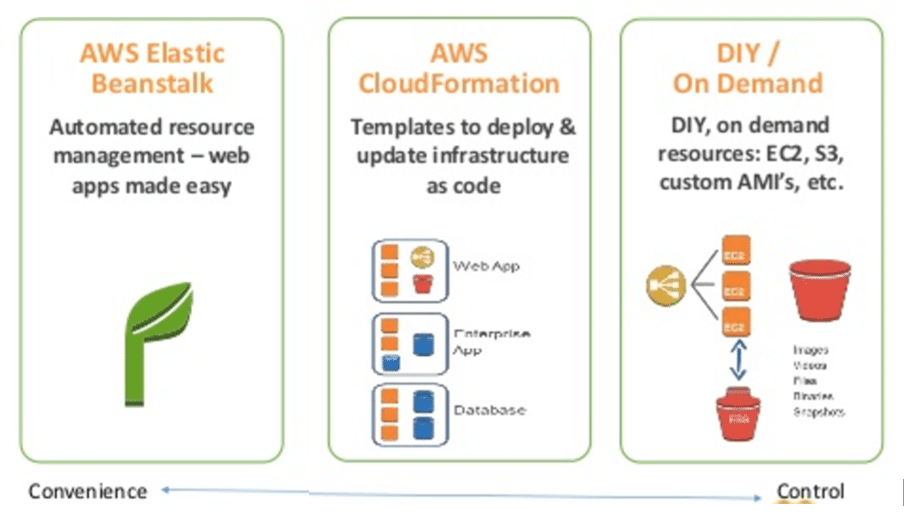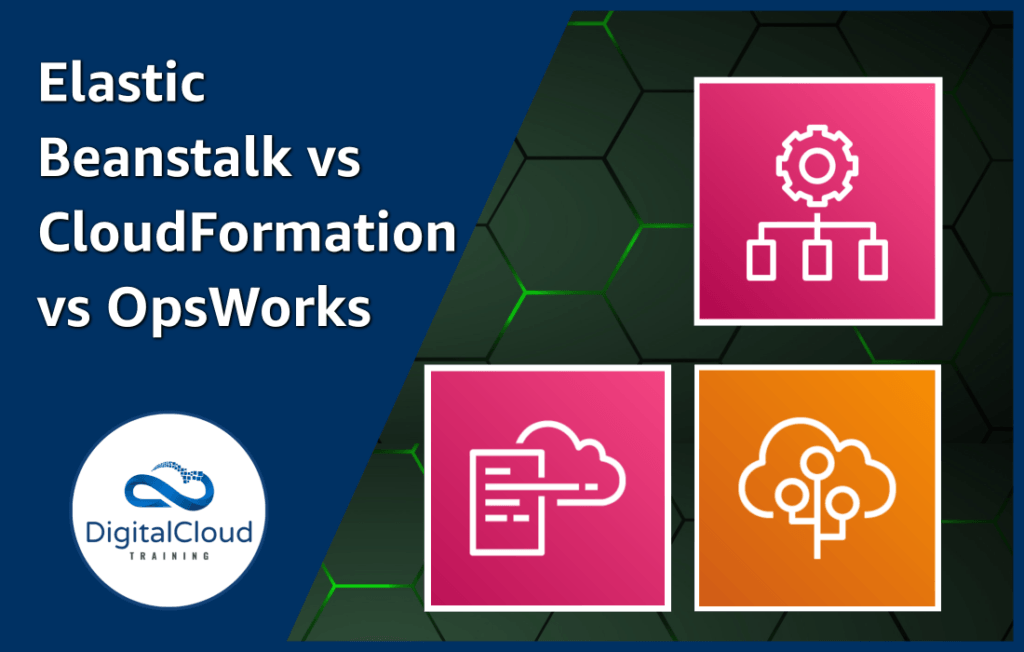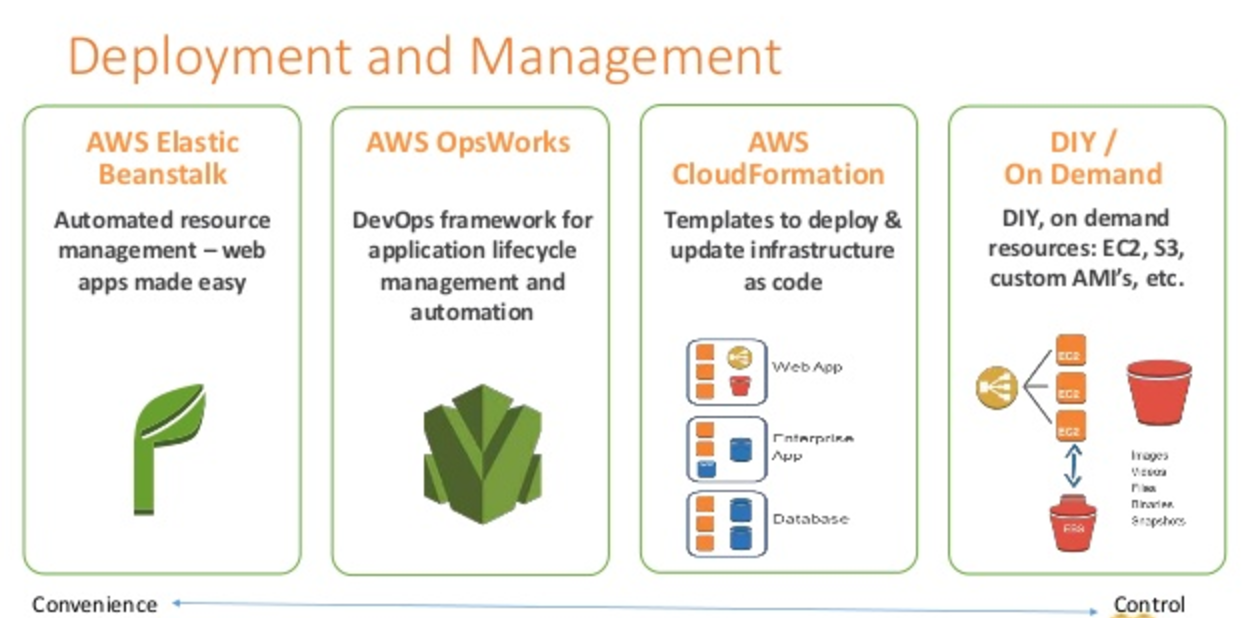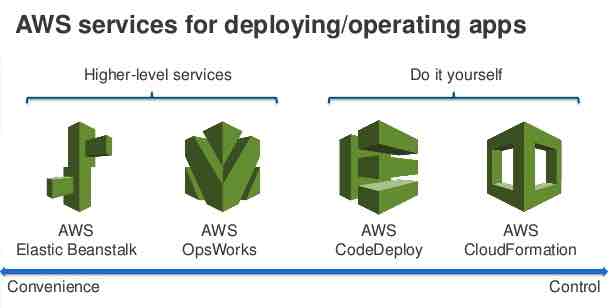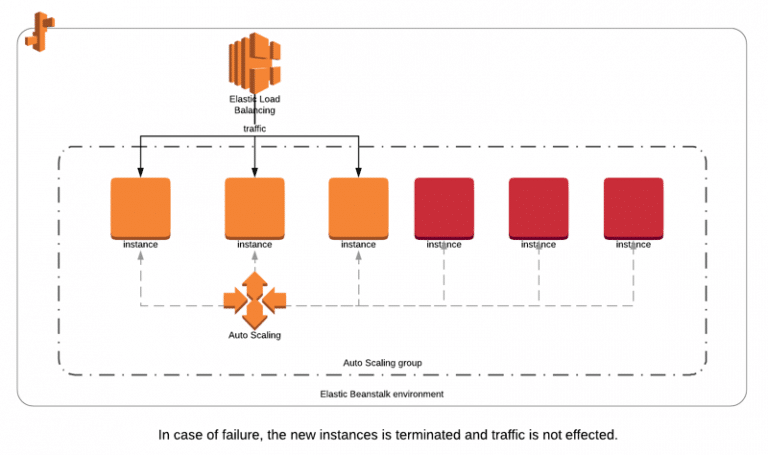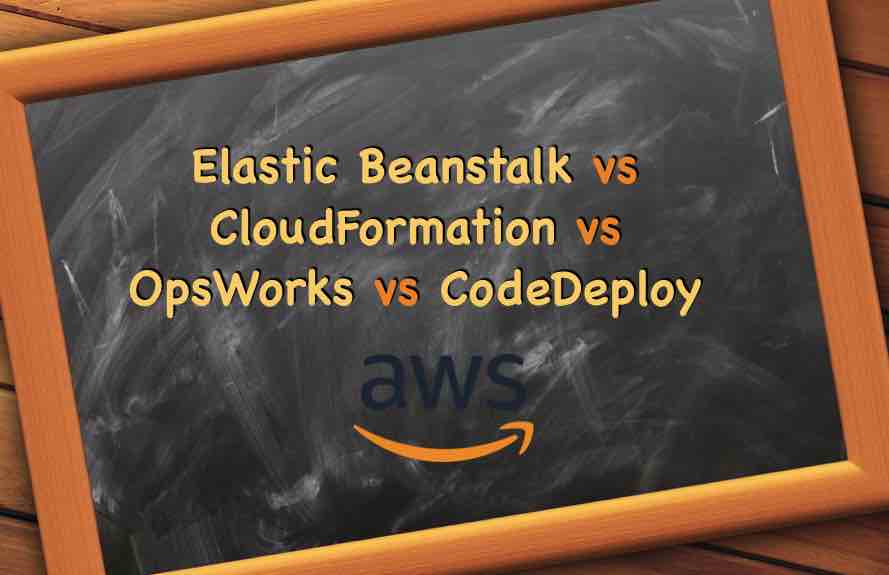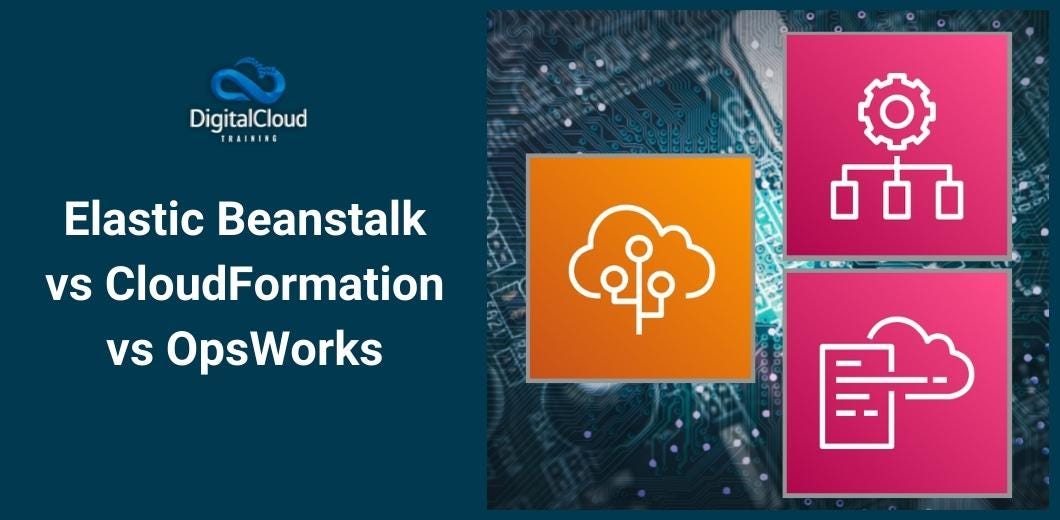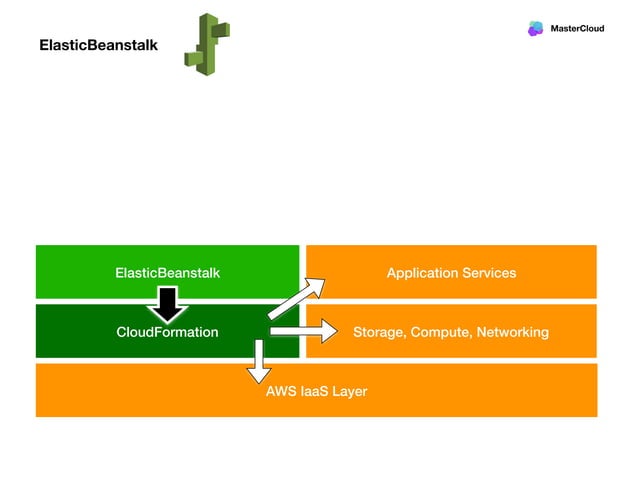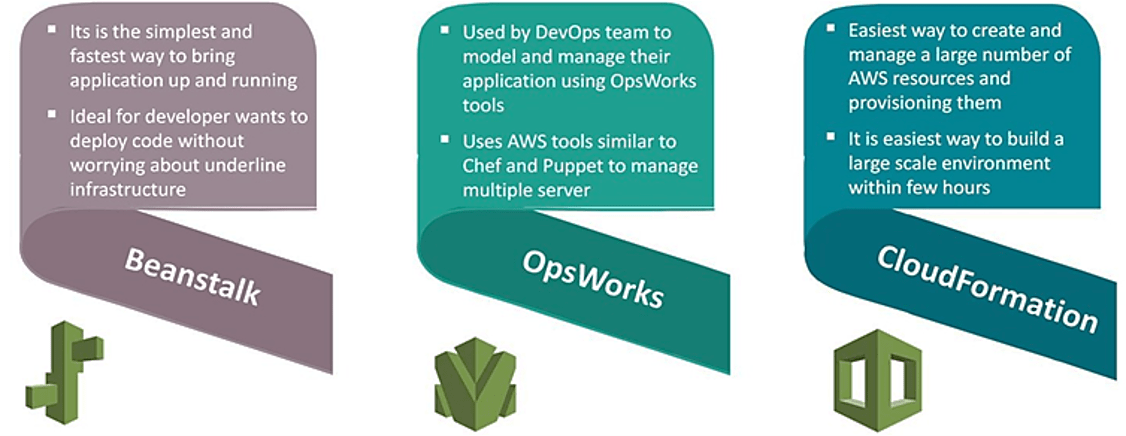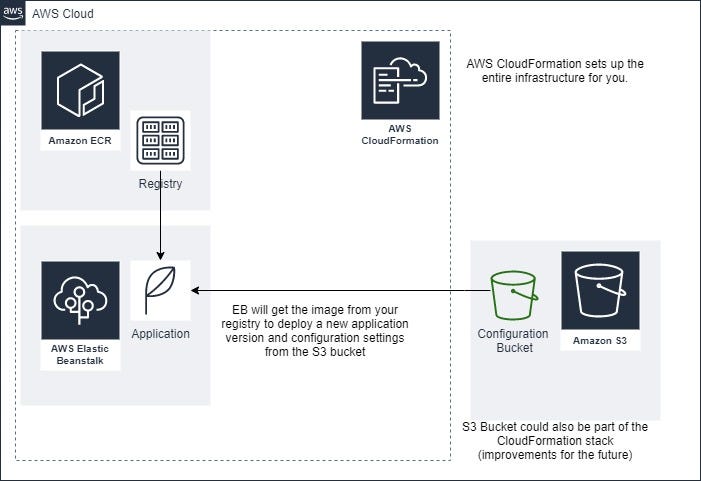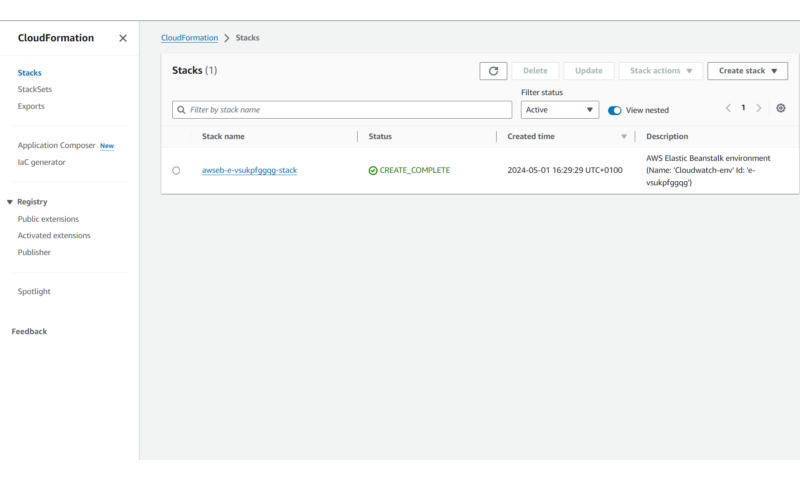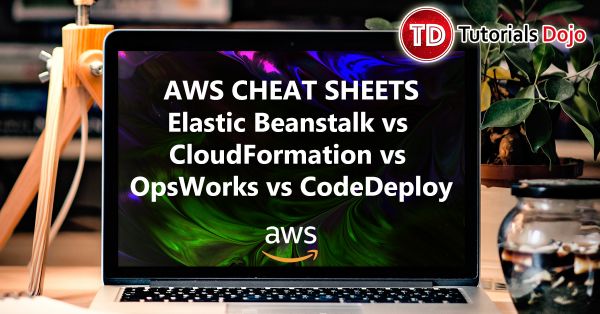Difference Between Elastic Beanstalk And Cloudformation
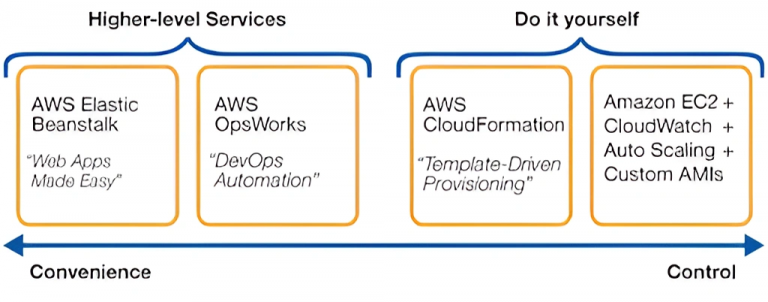
The cloud landscape is littered with powerful tools promising streamlined application deployment and infrastructure management. Two heavyweights in the Amazon Web Services (AWS) ecosystem, Elastic Beanstalk and CloudFormation, often lead to confusion for developers and DevOps engineers alike. While both simplify the process of getting applications running in the cloud, their approaches, capabilities, and ideal use cases diverge significantly, leading to strategic choices that can profoundly impact project outcomes.
At the core of the debate lies the level of abstraction each service provides. Elastic Beanstalk offers a high-level, platform-centric approach focused on deploying and managing web applications. CloudFormation, on the other hand, presents a low-level, infrastructure-as-code solution, granting granular control over every aspect of the AWS environment. Understanding these fundamental differences is crucial for selecting the right tool for the job, optimizing development workflows, and ultimately, achieving successful cloud deployments.
Level of Abstraction: A Key Differentiator
Elastic Beanstalk abstracts away much of the underlying infrastructure. Developers primarily focus on uploading their application code, and Beanstalk handles the provisioning, configuration, and management of the necessary AWS resources like EC2 instances, load balancers, and databases. It supports various programming languages and platforms, including Java, .NET, PHP, Node.js, Python, Ruby, and Go. This streamlined approach significantly reduces the operational burden on developers, allowing them to concentrate on writing code.
Conversely, CloudFormation exposes the full complexity of AWS infrastructure. Users define their desired infrastructure state in declarative templates, typically written in YAML or JSON. These templates specify the exact resources to be created, their configurations, and the dependencies between them. This approach provides unparalleled control and customization, but it also demands a deeper understanding of AWS services and best practices.
Use Cases: Matching the Tool to the Task
Elastic Beanstalk shines in scenarios where rapid application deployment and simplified management are paramount. It is well-suited for web applications, APIs, and microservices that follow standard architectural patterns. Startups, small teams, and projects with tight deadlines often find Beanstalk's ease of use and reduced operational overhead particularly appealing.
CloudFormation excels in situations requiring complex infrastructure orchestration and granular control. It is the go-to choice for managing entire AWS environments, implementing infrastructure as code, and enforcing organizational standards. Large enterprises, projects with strict compliance requirements, and those involving intricate networking configurations typically benefit most from CloudFormation's power and flexibility.
Control vs. Convenience: Weighing the Trade-offs
Choosing between Elastic Beanstalk and CloudFormation involves a trade-off between control and convenience. Beanstalk prioritizes ease of use and reduced operational burden, sacrificing some degree of control over the underlying infrastructure. CloudFormation, on the other hand, offers maximum control and customization, but requires a steeper learning curve and more manual configuration.
For example, if you need to quickly deploy a standard Node.js web application, Elastic Beanstalk could be the faster and simpler solution. However, if you require a highly customized network configuration with specific security rules and load balancing policies, CloudFormation would provide the necessary flexibility.
Scalability and Customization
Both services offer scalability features, but they differ in their approach. Elastic Beanstalk provides built-in auto-scaling capabilities based on predefined metrics like CPU utilization. While customization options are available through configuration files and extension scripts, they are limited compared to CloudFormation.
CloudFormation allows for highly customized scaling policies, incorporating custom metrics and complex scaling logic. Because you define the infrastructure, you can integrate it with any AWS service. You can use it to create highly customized environments tailored to specific application needs.
Evolving Landscape and Future Directions
The AWS ecosystem is constantly evolving, with both Elastic Beanstalk and CloudFormation receiving regular updates and enhancements. Recent trends indicate a convergence of capabilities, with Beanstalk incorporating more CloudFormation features and vice versa. This convergence aims to provide users with a more flexible and integrated experience.
Looking ahead, expect to see further integration between these services. Also expect an increased focus on automation and infrastructure-as-code principles across the entire AWS platform. The ultimate goal is to empower developers and DevOps engineers with the tools they need to build, deploy, and manage applications with greater efficiency and agility.
Ultimately, the choice between Elastic Beanstalk and CloudFormation depends on the specific requirements of the project, the expertise of the team, and the desired level of control. Understanding the strengths and weaknesses of each service is crucial for making informed decisions and achieving successful cloud deployments. Ignoring this choice can lead to project delays, increased costs, and ultimately, a less effective cloud strategy.
